Category: Incubator Project
-
Cloud-Enabled Tools for the Analysis of Subsea HD Camera Data
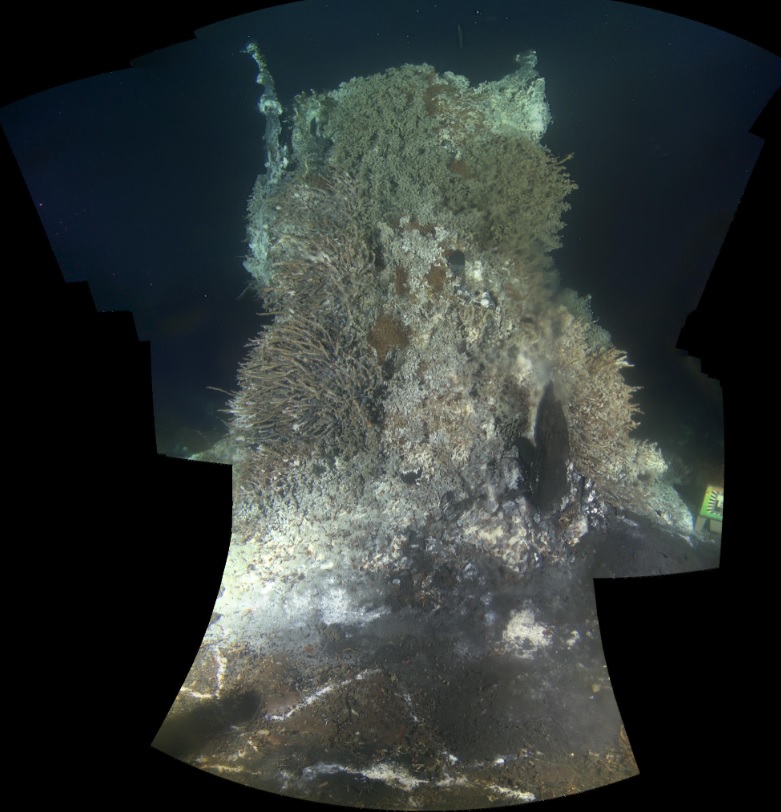
Project Lead: Aaron Marburg, Applied Physics Laboratory eScience Liaisons: Bernease Herman and Valentina Staneva The publicly available data generated by CamHD have enormous scientific potential, with the capacity to support a wide range of geological, biological, hydrological, and oceanographic investigations using image analysis methods. However, the large size of the video archive and the lack of…
-
Applying Machine Learning to the Analysis of the Large-Scale Structure of Turbulence
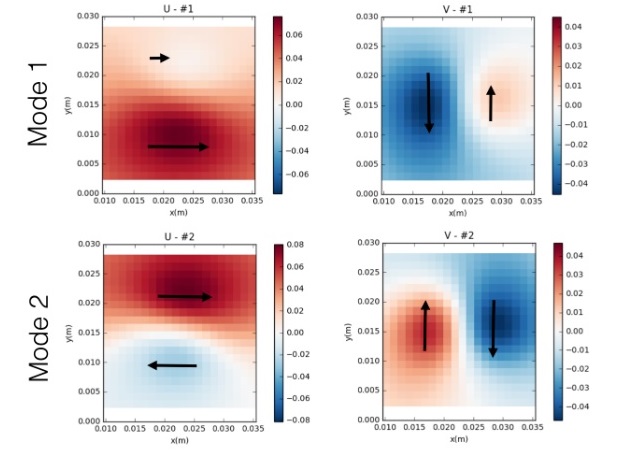
Project Lead: Owen Williams, Department of Aeronautics and Astronautics eScience Liaison: Jake VanderPlas Turbulent flows dominate many flows of engineering interest, regulating mixing, heat transfer and drag on vehicles. While hard to concisely define, turbulence is noisy, stochastic, and contains eddies of a wide range of scales that combine to create a chaotic set of movements that…
-
Damage Speaks: Acoustical Monitoring Framework for Structures Subjected to Earthquakes
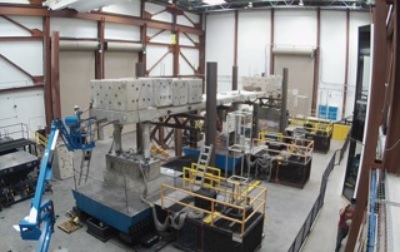
Project Lead: Travis Thonstad, Civil & Environmental Engineering, University of Washington Project Collaborators: Marc O. Eberhard; John F. Stanton, Civil and Environmental Engineering, University of Washington; Islam Mantawy; David H. Sanders, Civil and Environmental Engineering, University of Nevada, Reno eScience Liaison: Valentina Staneva Currently, the assessment of the integrity and safety of structures subjected to earthquakes relies on a…
-
AralDIF: A Cloud-based Dynamic Information Framework for the Aral Sea Basin
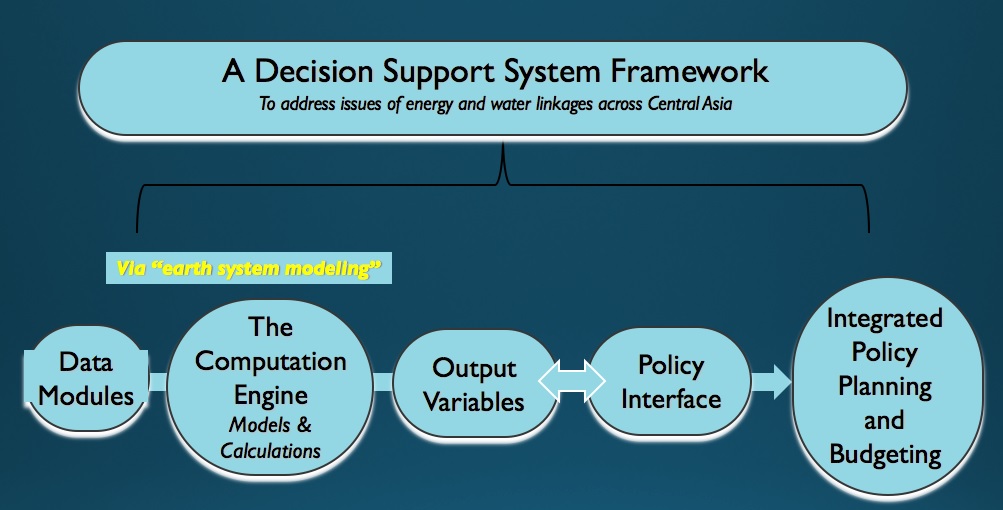
Project Lead: Amanda Tan, Department of Oceanography, University of Washington eScience Liaisons: Rob Fatland, Anthony Arendt A dynamic information framework (DIF) is a decision support structure centered on earth system science models and data resources used to address policy challenges in water resources caused by population growth, socio-economic development and climate change, particularly in developing nations. This decision…
-
Improved Stimulation Protocols for Sight Restoration Technologies

Project Leads: Ione Fine, Professor of Psychology, University of Washington; and Geoffrey M. Boynton, Professor of Psychology, University of Washington eScience Liaison: Ariel Rokem Our goal is to develop a neurophysiologically inspired algorithm for improved electrical stimulation protocols in patients implanted with electronic prostheses. By 2020 roughly 200 million people will suffer from retinal diseases. Electronic prostheses,…
-
Target Detection for Advanced Environmental Monitoring of Marine Renewable Energy
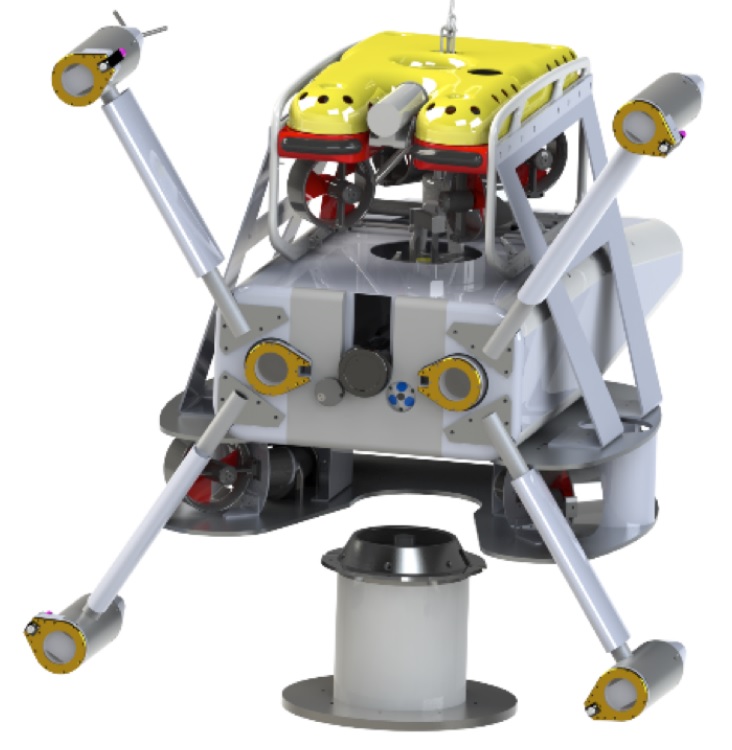
Project Lead: Emma Cotter, Mechanical Engineering, University of Washington Project Collaborators: Brian Polagye, Paul Murphy eScience Liaison: Bernease Herman It is necessary to reduce the uncertainty surrounding the environmental effects of marine renewable energy for the industry to advance. The Adaptable Monitoring Package (AMP) is an instrumentation platform for that combines sonar, cameras, and hydrophones in a centrally…
-
Methods for Characterizing Human Centromeres
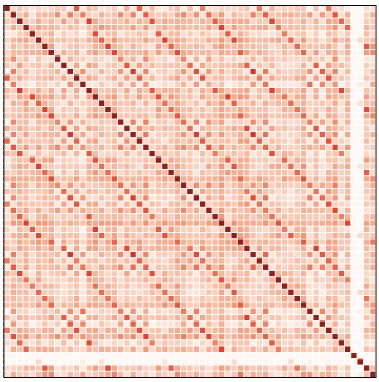
Project Lead: Siva Kasinathan, UW School of Medicine eScience Liaisons: Andrew Fiore-Gartland, Bryna Hazelton Despite an explosion in DNA sequencing technology, many genome projects, including the Human Genome Project, remain fundamentally unfinished. Gaps in genome assemblies occur in regions composed of repeated sequences. Human centromeres, which are loci that ensure proper partitioning of genetic material at each cell…
-
Developing a Workflow for Managing Large Hydrologic Spatial Datasets to Assist Water Resources Management and Research
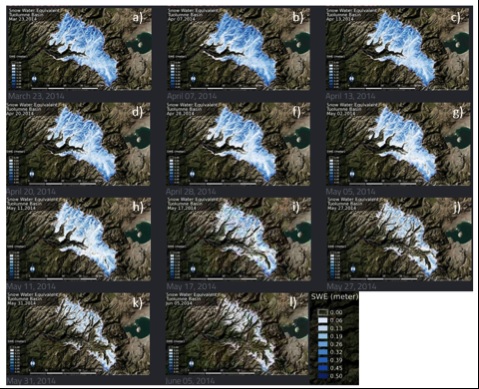
Project Lead: Nicoleta Cristea, Civil and Environmental Engineering, University of Washington Project Collaborators: Jessica Lundquist, Ryan Currier, Karl Lapo eScience Liaisons: Anthony Arendt, Rob Fatland Large, spatially distributed datasets have increasingly become more abundant, but there is currently no workflow that efficiently manages, analyzes and visualizes these datasets, ultimately dampening their usability and assistance in water resource management/research. Within the…
-
Analysis of Large-Scale Patterns in Phytoplankton Diversity
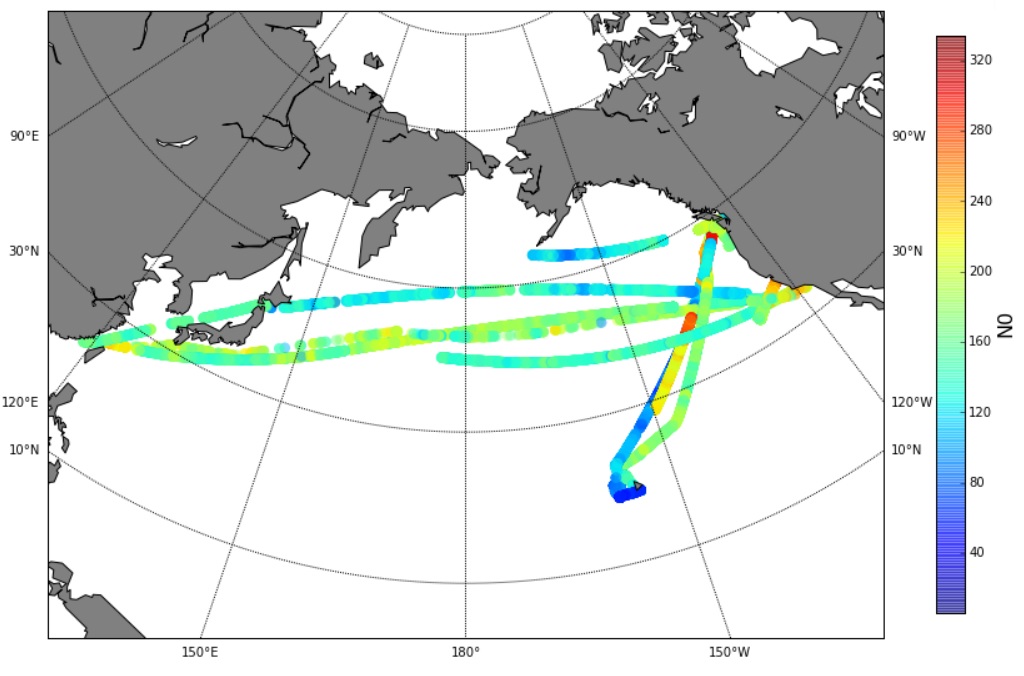
Project Lead: Sophie Clayton (Oceanography) eScience Liaison: Daniel Halperin Microscopic algae (called phytoplankton) form the base of the oceanic food chain, and are key players in the biogeochemical cycles of many climatically-active elements. Ecological theory predicts that diverse ecosystems are more stable, i.e. more resistant to stressors, than less diverse ecosystems. However data on the diversity of oceanic…
-
Innovation: Evidence from Patents
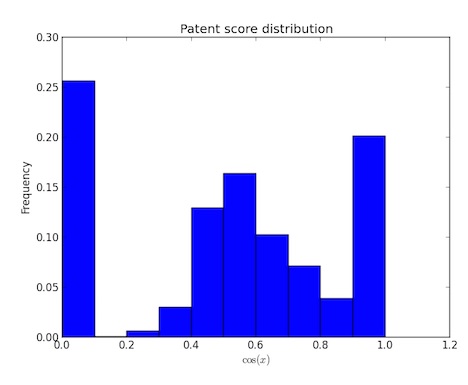
Project Lead: Matthew Denes (Finance and Business Economics) eScience Liaison: Andrew Whitaker One of the key drivers of long-term economic growth studied in economics and finance is technological innovation. A common proxy of innovative activity is patents. Patents provide researchers with a clear and well-recorded measure of innovation, where the number of patents and patent citations are…
